UI & Usage
Mango OS
Based on Hifi Linux, Mango OS was totally absent on the latest player from iBasso. Sure you had Mango Player which held some traits from the original OS but it was simply an application, not the core OS.
If the DX80 had some strange quirks, the iBasso DX120 is much more potent in term of usability. You slide to left to get the options, you slide to the right to get your music library. Swipe up to low on the left side for the screen to access the library, do the same from the right to access the options. It’s snappy and the boot-up is way faster than what I’m used to. The buttons reacts immediately and it’s hard to fault the DX120 on this, you click, it works.
Compared to the latest FiiO OS, there is a clear difference of design, the M7 feeling a lot more polished and complete compared to Mango OS. That’s also where the DX120 can shine, some folks just don’t care about extras, they just want a player that can shoot music straight out of the box.
We know simplicity leads to great audio prowess sometimes and as far as it goes, the DX120 didn’t crash once during my tests. Which is already a big improvement from the DX80.
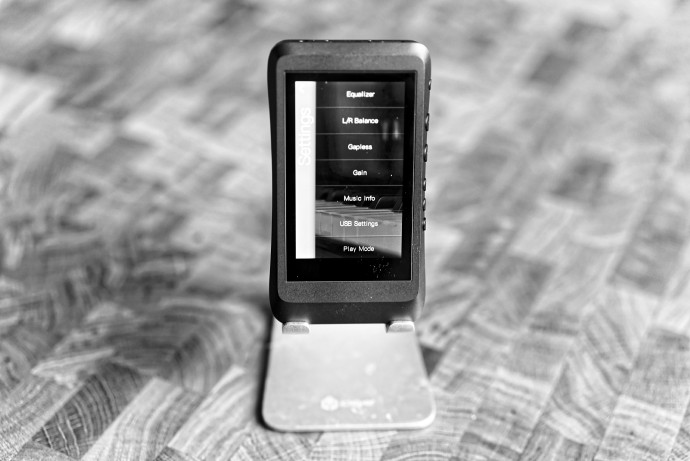
Settings menu
- Equalizer : 10 band -from 33Hz to 16kHz- with 12 steps for each band. Since it’s a touch-only option, it’s pretty hard to get the right setting right on. You’ll have to use a touch-sensitive pencil or be very very handy.
- L/R Balance : From L10 to R10, you get 10 steps on each side to accommodate the DX120 to your ears.
- Gapless : I still don’t understand who’s switching off the Gapless function but, here you have it : the option to tick it off.
- Gain : High gain for big headphones, low gain for IEMs.
- Music Info : This option displays a quick summary of the track you’re listening to, Sample rate / bit rate / Title, etc.
- USB Settings : three options are available, Reader to copy your music from a computer / DAC to use the DX120 as a DAC / Charge only if you just want to fill the battery
- Play Mode : Order / Loop / shuffle / Repeat. It’s pretty explanatory by itself, no ?
- Digital Filter : this is where you can choose your topping : Sharp / Slow / Short delay sharp / short delay slow / super slow (roll-off)
- Sound Mode : five setting available, Reference / Traditional / Origional (no typo here) / Classical / Natural
- Advanced : this is where you can choose your language, change the sleep settings, rescan library and do the factory reset
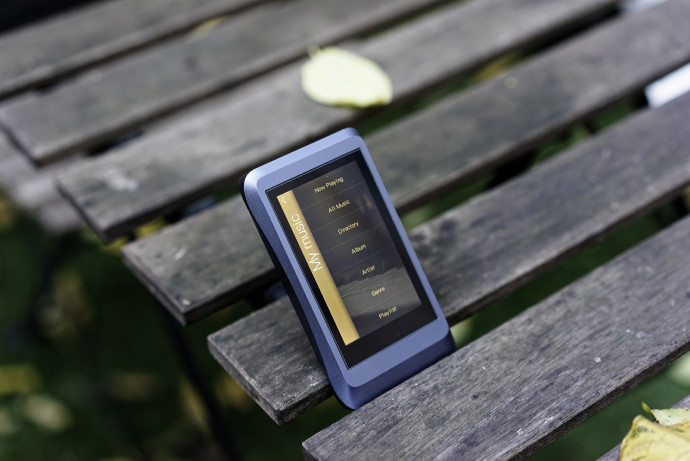
Local storage and SD Card
USB-C is slowly becoming the standard for every player and smartphone. The DX120 continues where the DX150 and DX200 began by providing a Type-C port. I didn’t see a massive improvement of my data transfers time, the player supporting UHS-1 cards only.
Thankfully, the DX120 was able to accept every card I threw at it, even a 400Gb micro-SD. The scan is getting slower each time you add a bigger card, so you may change the “allocation unit size” to improve it. As long as your albums have a thumbnail embedded in its folder, the DX120 should be able to display it.
The double-slot is a great option to stock more music, micro-SD getting cheaper and cheaper each day. I couldn’t try plugging two 400Gb card as I’ve only got one, but 128Gb + 400Gb worked like a charm. If you have tons of music and really want to grab everything with you, the DX120 could be a cheap option.
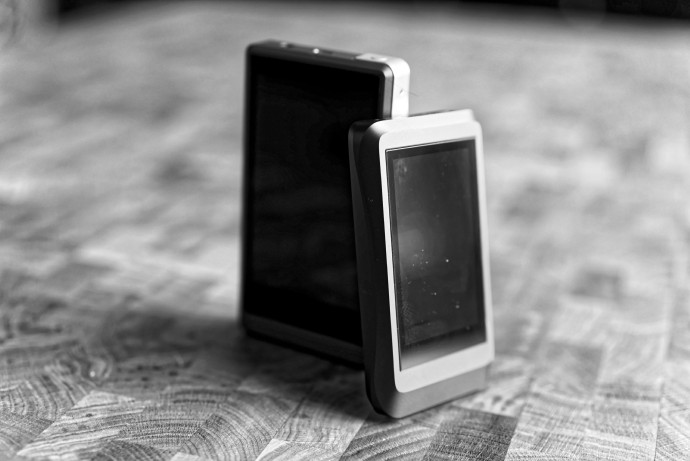
Streaming and DNLA
Unfortunately, the iBasso DX120 doesn’t support any of them. It doesn’t have any wireless connection, be it wifi nor bluetooth.
Battery Life
The iBasso DX120 battery is rated at 3700mAh, a tad less than DX150 and DX200. Still, with a smaller circuit, the DX120 is supposed to get you 16h of continuous play. As I couldn’t do my usual “play it then leave it” test this time, I used it in the train each day and didn’t charge it until it fell flat.
With a set of IEM, I reached 15H of continuous playback at medium volume and low gain. Currently, I’m listening the mighty Sennheiser HD800 and after 8h of listening, the DX120 displays a 40% battery rate, not bad.
Charging your player fast is becoming the trend, thanks to Qualcomm and Samsung efforts. The iBasso DX120 is compatible with QC2.0 and MTK-PE, although I don’t have the latter to compare. I tried the 12V charging and could get 50 % of charge in 30 minutes, but as soon as you’ll reach 80%, the charge will gradually slow down.
Expect 2h to charge the player completely and much more if you just plug it to your computer.
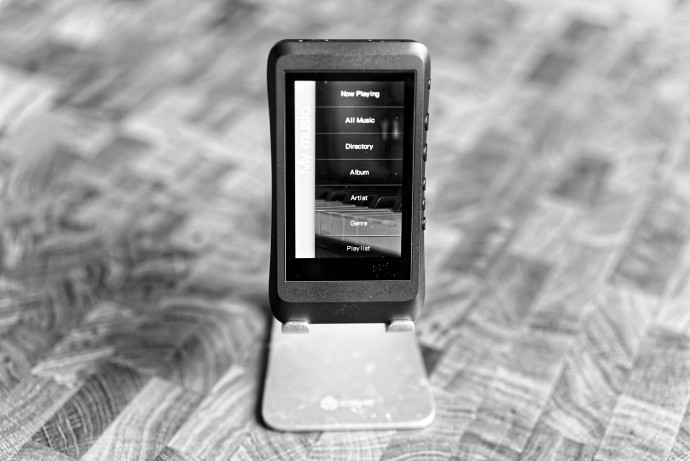
Everyday carry
As a daily driver, the iBasso DX120 makes a big difference compared to the DX150 and DX200. This is a player that can be fitted in your vest pocket without second-thoughts. For once, I didn’t have to add an “audiophile” pouch to my gear and I could confidently put the DAP in my jean’s pocket.
Going for buttons instead of a knob for volume control is kind of a mixed bag. I find it easier to control, the DX120 buttons fitting perfectly under my thumb but I also prefer the analog feeling of the wheel. In the pocket, buttons are definitely easier to use as you can press them through the fabric.
The power button is definitely too small, 90% of the time I press the Vol+ button instead. It’s a small complaint and honestly it’s my only concern regarding the buttons, iBasso nailing it this time. It’s way more refined than the old DX80 and much more usable than the DX200 and DX150, thanks to its form factor.
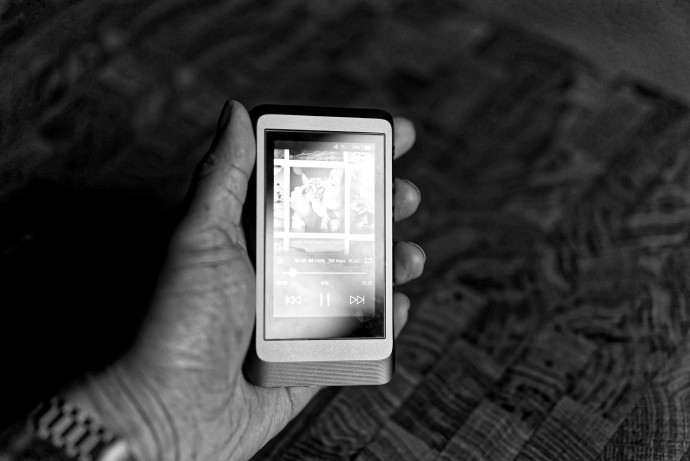
Specifications
For the nit-pickers and nerdy ones here, I’m giving the specs and technical sheets . For all the other, you can just go to the next page to see how the amp performs.
DAC
For the first time since the iBasso DX50, the brand chose to use one DAC only. It’s the “former flagship DAC AK4495” released in 2015 by Asahi Kasei a very potent DAC capable of decoding 32bit files as well as DSD files, if the processor allows it.
It’s a full symmetrical stereo DAC from the Verita series, the one bragging velvet sound every time. Quoted from AK website :
“Five digital filters are integrated into the AK4495(…) and a newly integrated super slow roll-off filter having emphasized characteristics, providing a wide range of choice in digital filters.”
To summarize, even up to this day, it’s a very good DAC with a 105dB THD on paper and 111dB THD with the DX120, thanks to an additional 7V supply.

CPU and RAM
The iBasso DX150 was not a powerhouse, CPU speaking, compared to modern smartphone and there would be no reason the DX120 would do better. To drive the player, iBasso put a ARM Cortex A7 a third generation ARM Cortex-A usually found in SOC from Mediatek or Samsung.
Since the DX120 do not intend to offer streaming, play store or even Bluetooth, it’s more than enough to offer a fluid experience. If you need more power, you should look elsewhere like a N5iiS or a DX150, this player is made for pure music only
The XMOS XU208 is still at work, this USB receiver allow the player to connect as a DAC to a computer or simply transfer data from a PC or MAC. For OSX users, the DX120 is one of the simplest player to connect out there, Mango OS posing no threat where Android could. You won’t have to install android file transfer or disconnect the SD card each time you want to copy some music.
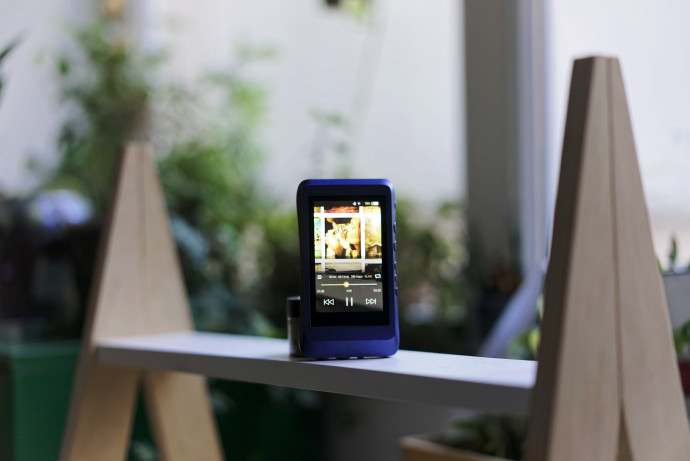
Full specs
- Type : Digital Audio Player - OS : Mango OS
- CPU : ARM Cortex A7
- RAM : 1Gb LPDDR3
- Rom : None
- DAC : 1x AK4495
- Sample rate : PCM : 8Hz – 384kHz (8/16/24/32bits) native – DSD64/128/256
- System clock : Full synchronization technology with TXCO and PLL - Outputs : 3.5mm headphone out – line out / 3.5mm coax out / 2.5mm TRRS out - Input : USB Type-C
- Screen : 3.2″ 480×800 IPS Screen
- Micro SD : SDHC / SDXC (double slot)
- USB DAC : XMOS XU208, Thesycon USB Driver
- Battery : 3.8V 3700mAh Li-Polymer
- Quick Charge : PD2.0 / QC 2.0 / BC1.2 - Battery life : 16h
- Size : 115mm*63mm*15mm
- Weight : 165g

Line Out
- Output voltage : 1.8 VRms
- Frequency Response : 10Hz – 45kHz
- THD : 0.0004%
- Dynamic Range : 115 dB
- S/N : 115 dB
3.5 mm Headphone out
- Output voltage : 1.8 Vrms
- Frequency Response : 10Hz – 40kHz
- THD : 0.0004%
- Dynamic Range : 115 dB
- S/N : 115 dB
- Crosstalk : -115 dB
2.5 mm Headphone out
- Output voltage : 3.6 Vrms
- Frequency Response : 10Hz – 45kHz
- THD : 0.00032%
- Dynamic Range : 117 dB
- S/N : 117 dB
- Crosstalk : -116 dB
The review continues on Page Three, after the click HERE or by using the jump below.





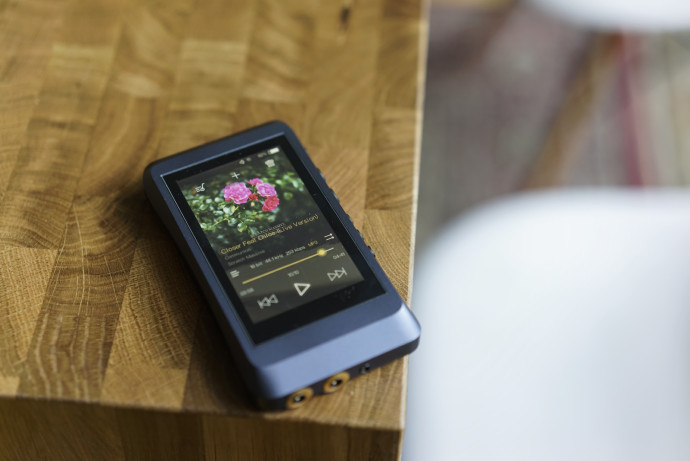
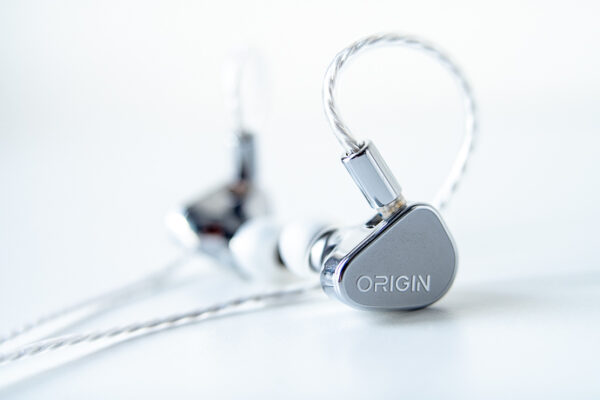
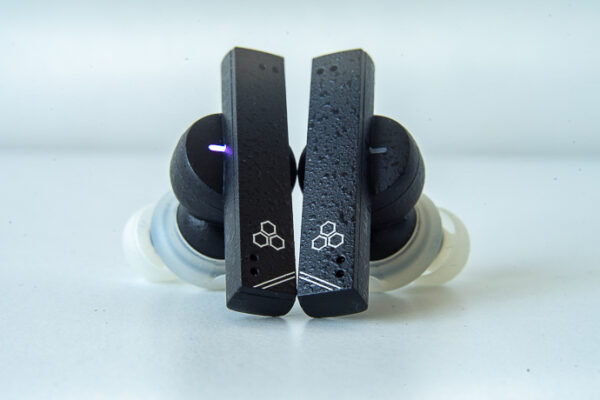
Vinc
can somebody compare dx120 to Fiio M7? I bought dx120 and soundwise its great, but its big, heavy, buttons are horrible and UI is bad. I only use 3.5mm unbalanced headphones, so i dont care if it has supreme 2.5mm output.
vinc
oh, nevermind…Fiio M7 has 1.2 Vrms output. Guess i will stick with this brick for now.
vinc
or maybe comparison to AK norma SR15?
Matteo C.
Knowing iBasso audio characteristics of their DAPs changes every software release. Which, by the way, is very rare. Highly unreliable company.
Dirk
Hi,
I read many DAP reviews but not one explanation of how to transfer music from a Mac iTunes library to a DAP.
Is that even possible?
I find my iPhone great but reading up on some reviews I would like to experience the difference in quality.
Paying a couple 100 Euro just to find out my music library can’t be transferred, is nothing I would do though.
Thanks for enlightening me on the subject.
Ricardo
When introducing a micro sd with more than 5000 songs, the scan goes very slow until the MP3 restarts at the end, why?